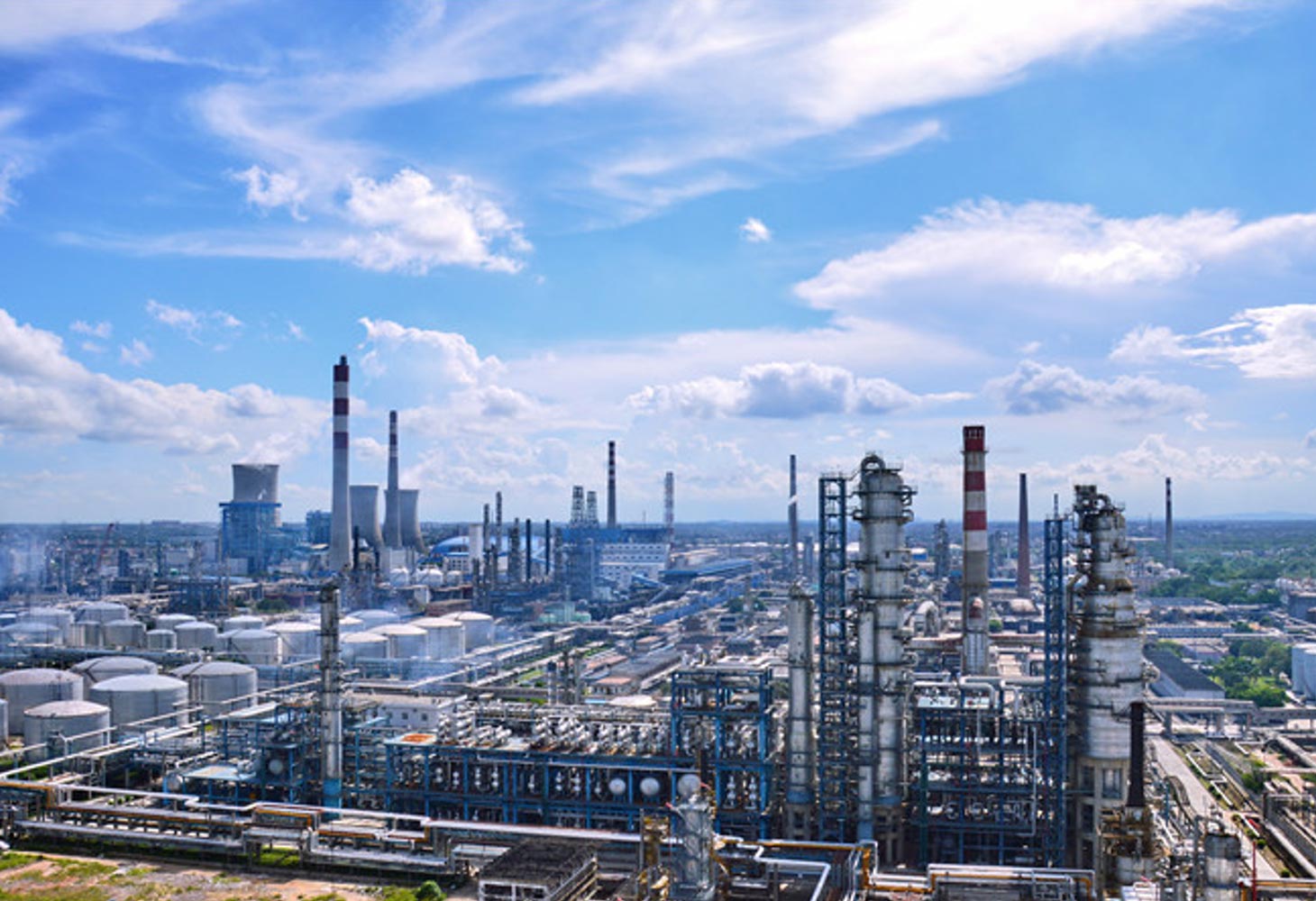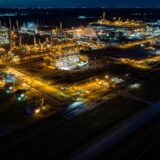
Sinopec Maoming Petrochemical now producing poly alpha olefin
Sinopec Maoming Petrochemical Company, located in Maoming, Guangdong province, China, is now producing poly alpha olefin (PAO) with an annual capacity of 12,000 tons.
The authorization distributor is Sinopec Lubricant Co., Ltd., which has been supplying lubricants for China’s aerospace program for more than 50 years. Sinopec Lubricant has seven regional branches in China and a an overseas branch in Singapore.
According to the Sinopec Group’s website, Sinopec Maoming has a crude oil processing capacity of 20 million tons per annum (mtpa). Key products being produced in the Maoming complex include ethylene, polyethylene, polypropylene, ethylene oxide (EO), ethylene glycol (EG) etc. Ethylene accounts for a major share of its production capacity, 23.4%, at 1 mtpa, followed by polyethylene and polypropylene, with 21.1% (0.9 mtpa) and 15.7% (0.67 mtpa), respectively.
PAOs are synthesised by a two-step reaction sequence from normal-alphaolefins (NAO), which are derived from ethylene, which is in turn produced from either natural gas or crude oil. Sinopec is the only company in China that can produce the key PAO raw material, alpha olefin, thus reducing the supply risk which can be caused by a shortage of alpha olefin.
Sinopec Maoming is now producing PAO 4/6/8 using a unique manufacturing process, which ensures deep hydrogenation saturation of poly alpha olefin molecules and fine separation of cut fractions.
INEOS, ExxonMobil and Chevron Phillips Chemical are the world’s largest producers of PAOs. PAOs, which are classified by the American Petroleum Institute (API) as Group IV base oil, is the most common synthetic base oil used in formulating industrial and automotive lubricants. These synthetic hydrocarbons are designed to provide superior lubrication performance over a wider operating-temperature range than conventional base oils and are typically less volatile. Lubricants formulated with PAOs have high viscosity Index, excellent low temperature fluidity, high oxidation stability and low volatility.
Fuel economy is the key driver for the growth in PAO demand. Using lower viscosity fluids in engine oil applications, which reduces hydrodynamic friction, is one of the strategies to improve fuel economy performance. The high stability of the PAO molecule, combined with other performance characteristics, make it attractive for use in automotive engine oils.










